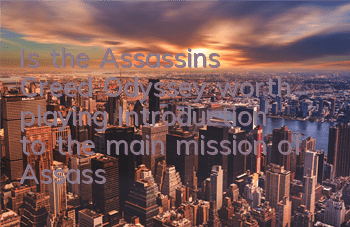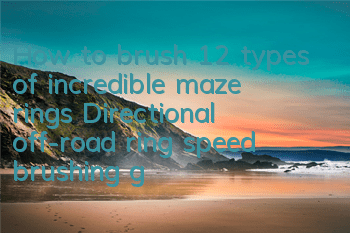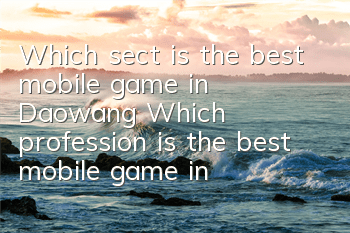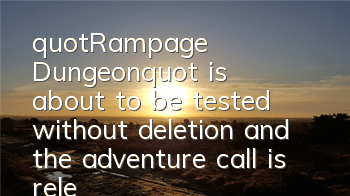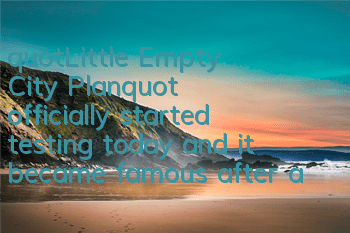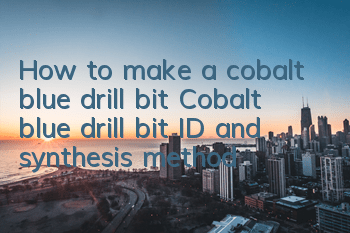In most works in the "Assassin's Creed" series, there are few mutual influences between each task, and the connection between the main task and the side task is relatively weak. Although there were also relatively high-level side tasks such as home construction (Assassin's Creed 3) and terror crimes (Assassin's Creed: The Hero), the main line and the side can be said to be two different and almost independent modules, which have a sense of separation.
Compared with "Origin", the story pattern of this work is more grand, and the process of the protagonist's exploration of the mystery of his life experience is even more twists and turns. But unfortunately, perhaps to adapt to the pace of levels and tasks, the progress of this story seems very slow. Sometimes, the person you are looking for is clearly near, but the person who is blocking the way can always come up with a bunch of trivial things that you can only let go after you finish it; sometimes, the main story has developed to a critical moment of life and death, and the strict task level restrictions will force you to do other tasks and level up before continuing. Although the problem of split and slow plot rhythm is a common problem in most open world games at present, "Odyssey" is particularly serious.
In the previous work "Assassin's Creed: Origin", Ubisoft's design in this area has changed a certain way. There are many side missions in the game that are closely related to the main line: for example, "Shadia's Rest", which takes over part of the main line and ends the story; for example, "Reunion", and Tahila, who was active in the main line, made her debut in this mission; and "When the Night Down", which connects the main plot and another branch line of the rebel army...
Different from previous works, "Assassin's Creed: Odyssey" can be divided into three mission lines: "family", "divine religion" and "myth" in the main mission. The three mission lines each have their own focus, but they also converge on the Hawk Trainer, who is the protagonist, forming an interconnected and promoted whole. The cleverness of this "multi-axis drive" design is that when a certain task line is in a dull transition period, the expansion of another task line can bring new "explosion points", which once again arouses the players' excitement.
In the early stage of this process, the player will leave Kefalonia Island and continue to advance the game process as the "Family" mission line continues to advance; after meeting "Blood Wolf", the "Family" mission line comes to an end; but if the player continues to explore the map before obtaining information from the priestess "Pitia", you can find Elpino who has appeared in the Snake Valley - he is the clue to opening the "Divine Cult" mission line! (If Elpino is killed here, it will also affect the content of the conversation with the priestess "Pitia" in the future) Through this clue, you can dig out the "Divine Cult" mission line. But here "coincidentally", Demus, as a key figure in the Order God Church, happened to be a relative of the Hawksmen, and the two mission lines intersected.
In the late stage of the game, it seems difficult to find members of the Order Cult, but in fact it runs through almost every aspect of the game. The most typicalAn example is looking for "Swordfish": In the mission "Minotaoos and Humans" in the "Mythology" mission line, the original purpose of the Hawks Trainer was to find Minotaoos, and for this, he needed to obtain a set of "Theseus' armor". During the local exploration process, players will find a dangerous person who is secretly manipulating the situation and slapping the people - "Swordfish". But as the investigation deepens, we can discover another identity of his church - a member of the Order God. The series of clues collected for this and the series of tasks achieved have promoted the two task lines of "Divine Cult" and "Myth".
At the same time, this work also refers to the experience of other games of Ubisoft: the inscription design directly refers to the specialized system of "Assassin's Creed: The Hero", the God Cult Hunting Network originated from the BOSS network design of "Ghost Response: The Wilderness", the legendary animal hunting borrowed from the "Far Cry" series, and the setting of assassination to increase adrenaline is somewhat similar to the execution system of the "Cell Division" series, and the equipment switching slot is similar to the one-click dress change of "The Whole Country Blockade".
These "minor details" seem to be worth mentioning, but they significantly improve the game experience during the actual gameplay. But overall, Assassin's Creed Odyssey can still be said to be an open-world game that Ubisoft has performed excellently in mission design and small system optimization in recent years, and is worthy of experience by all players.
